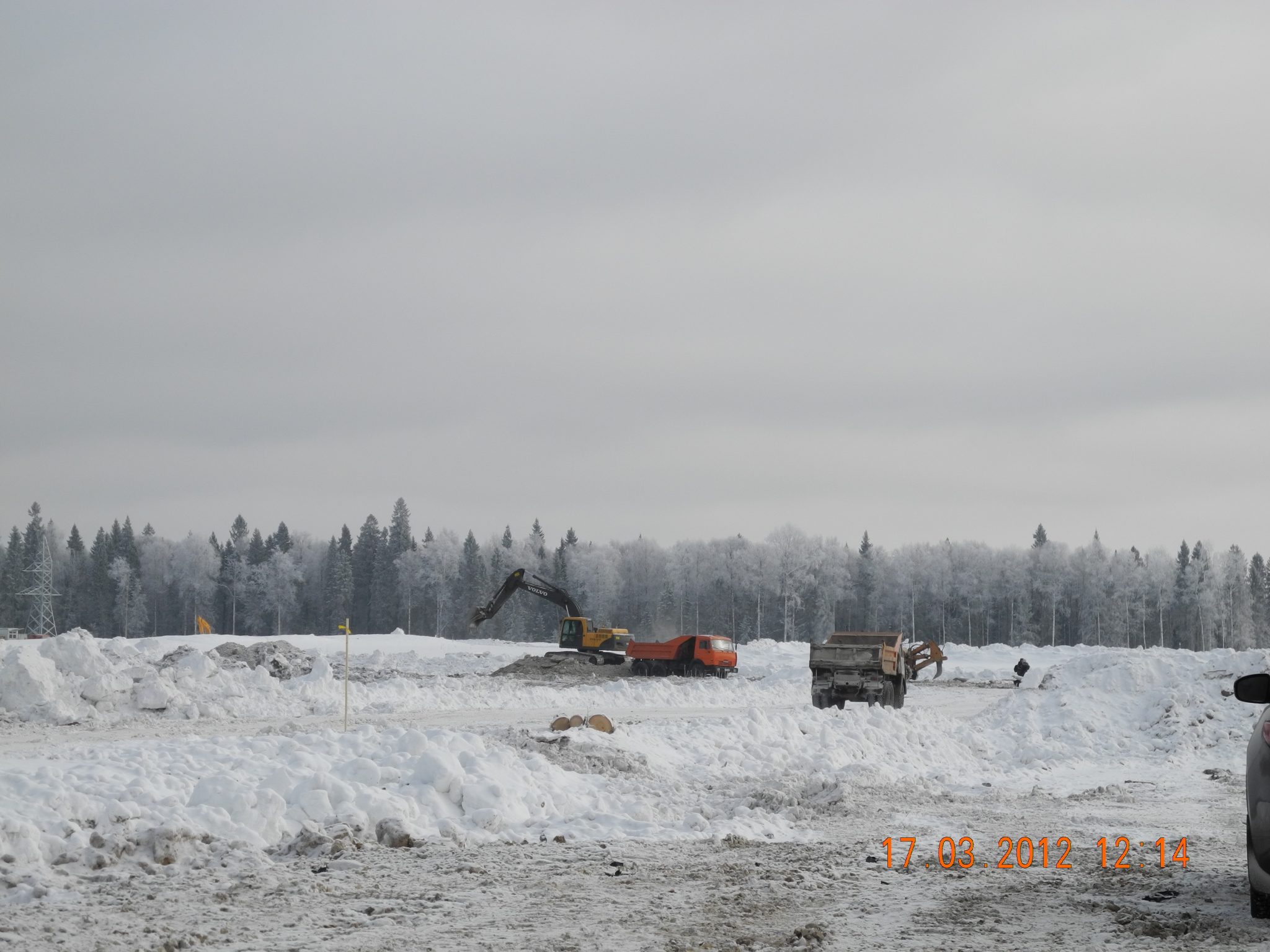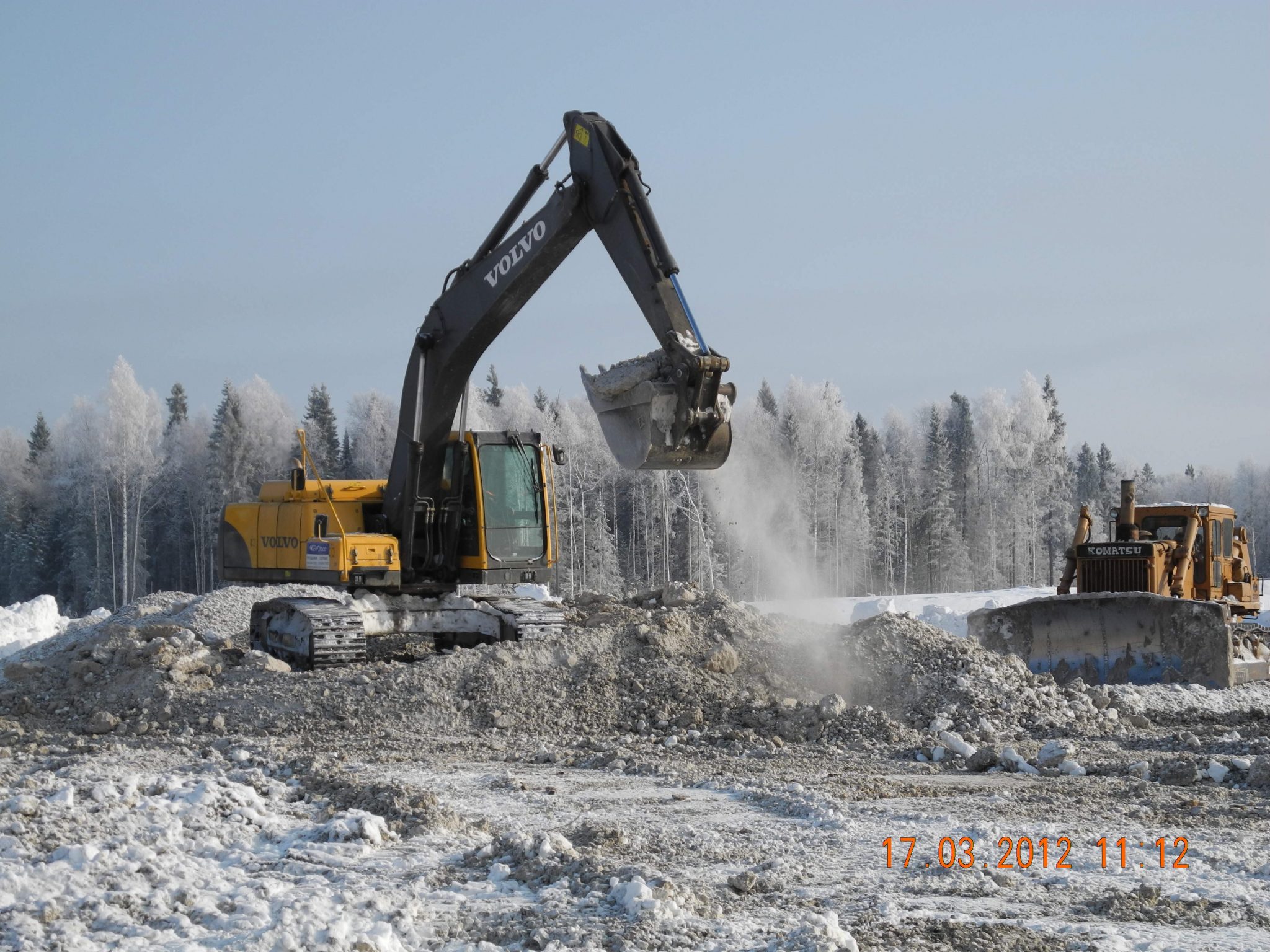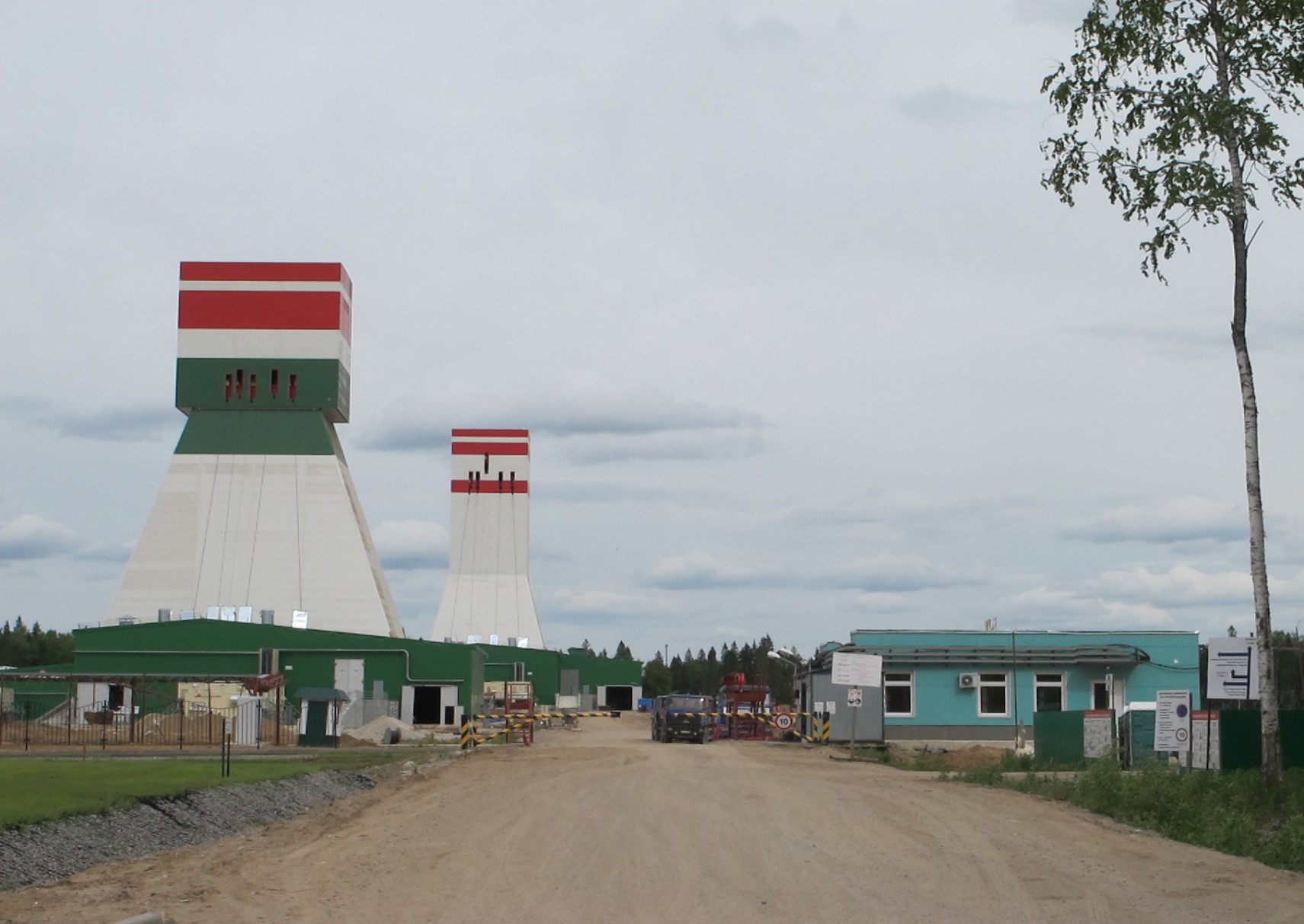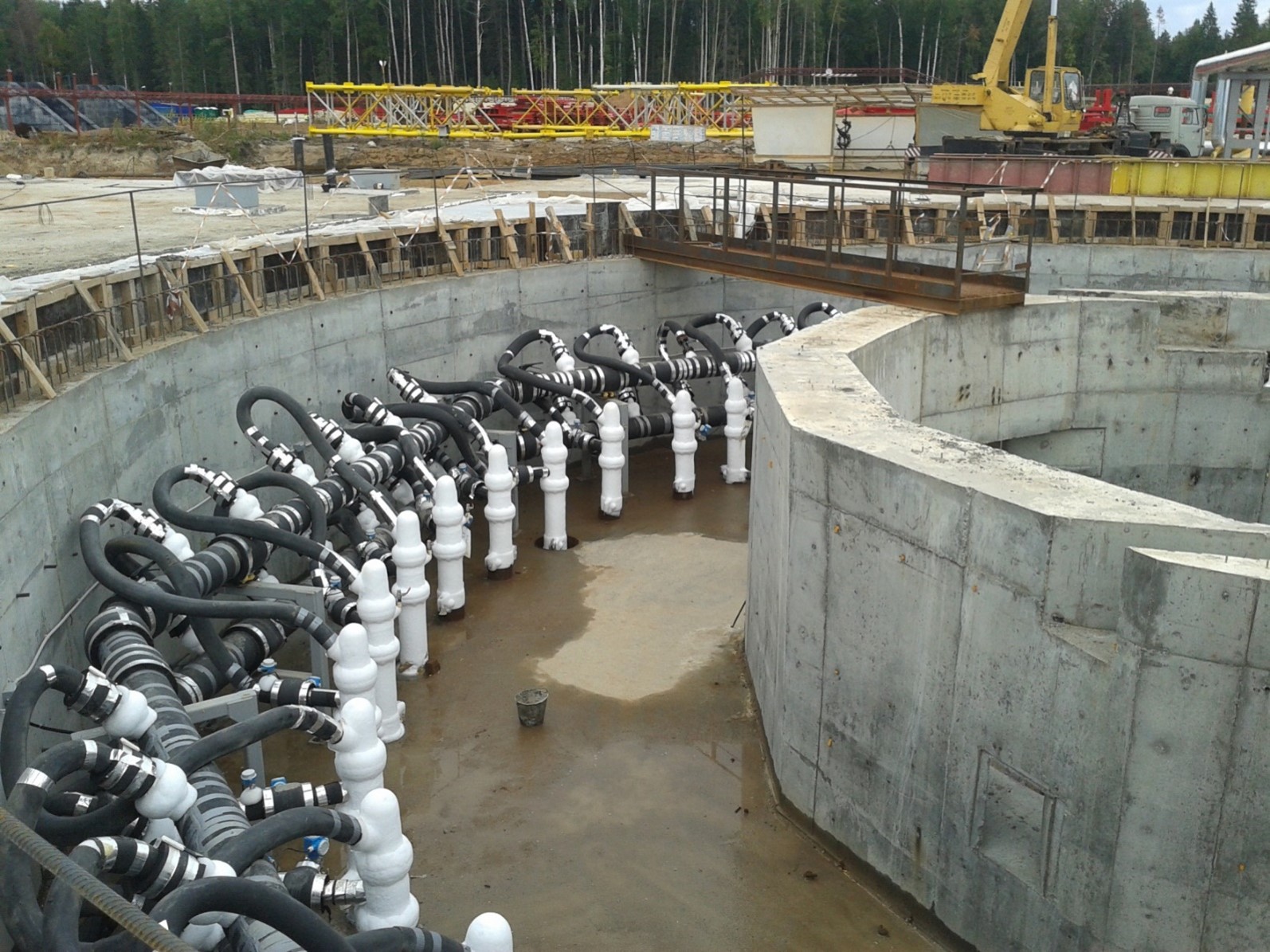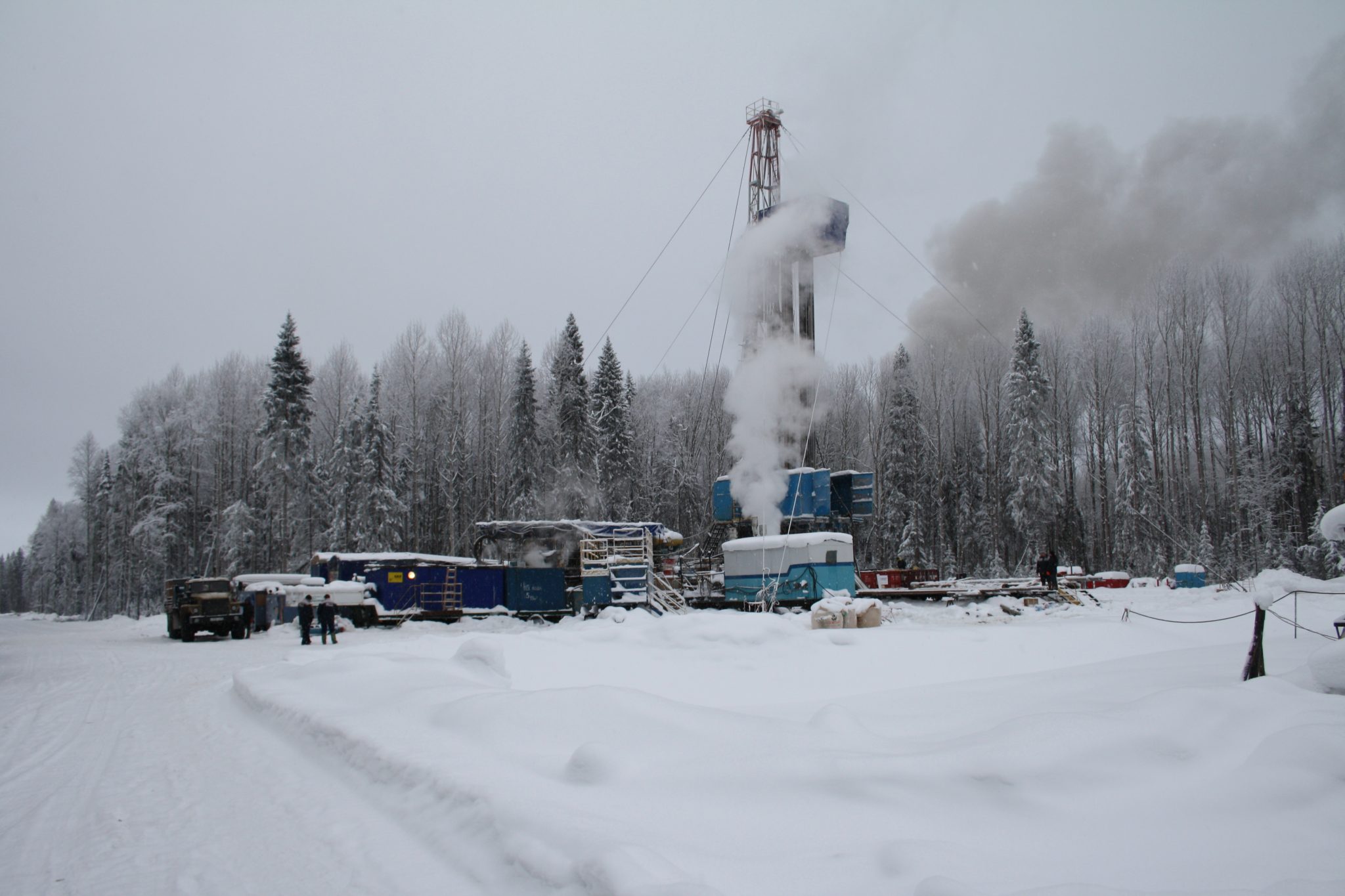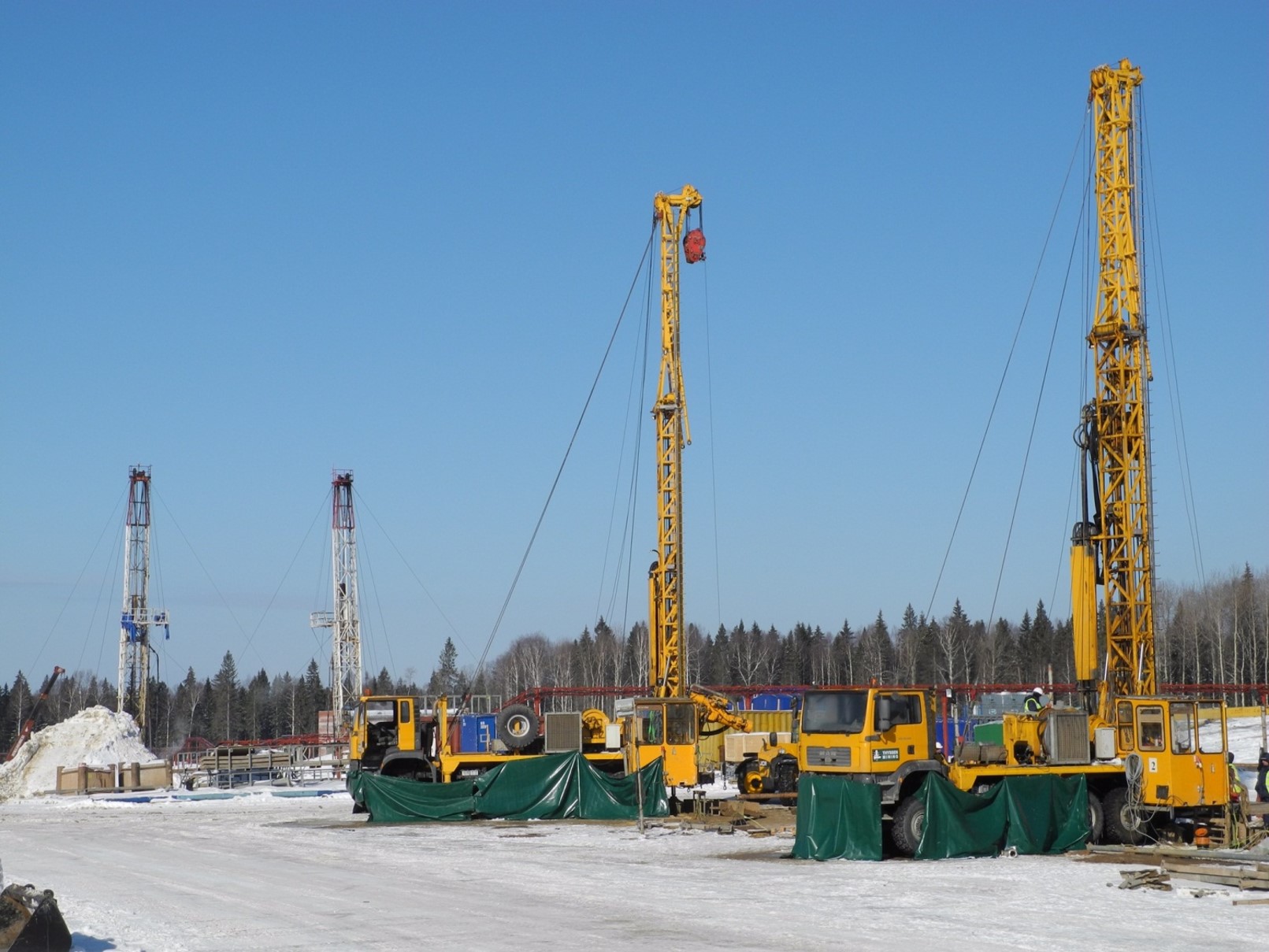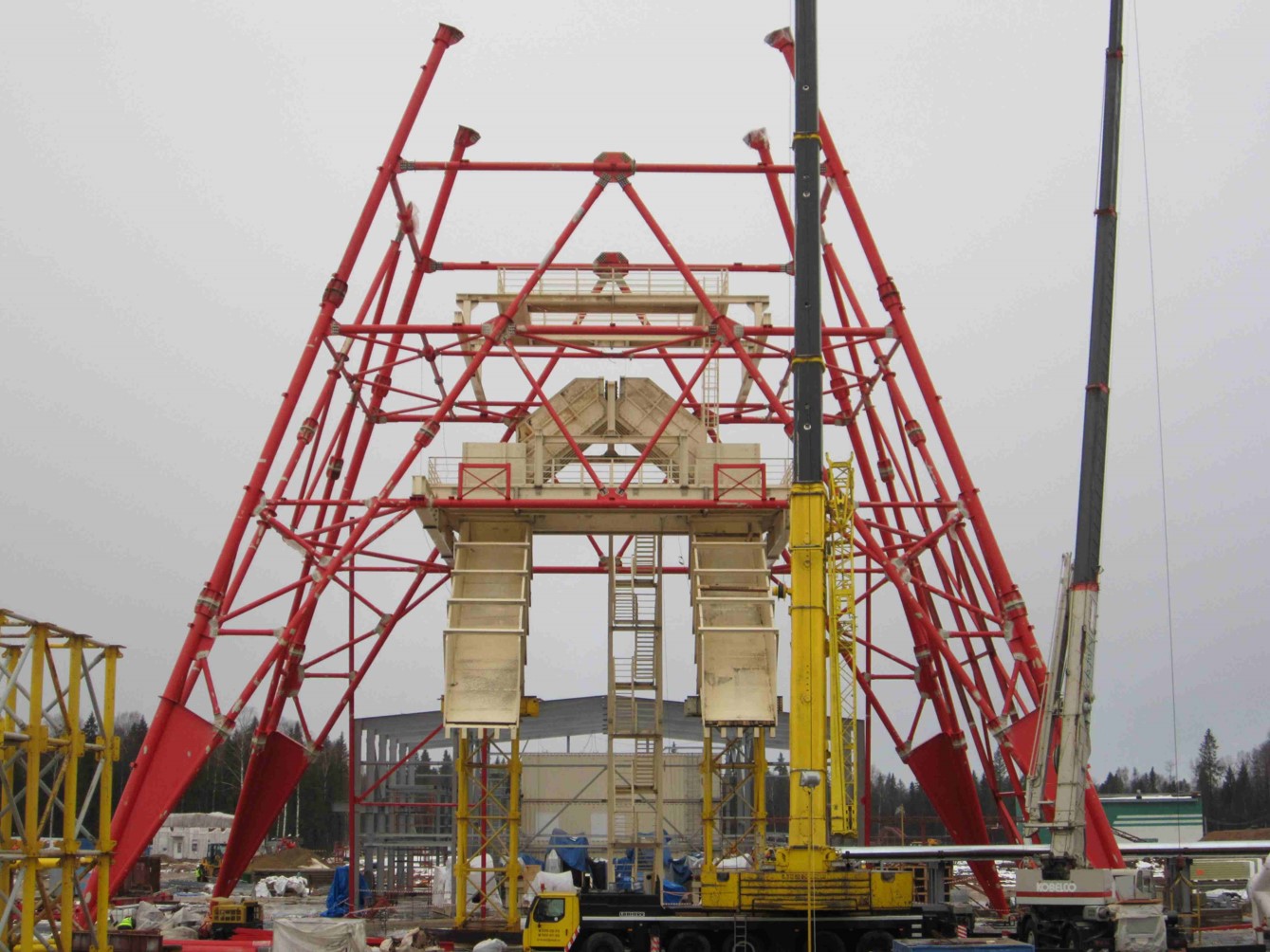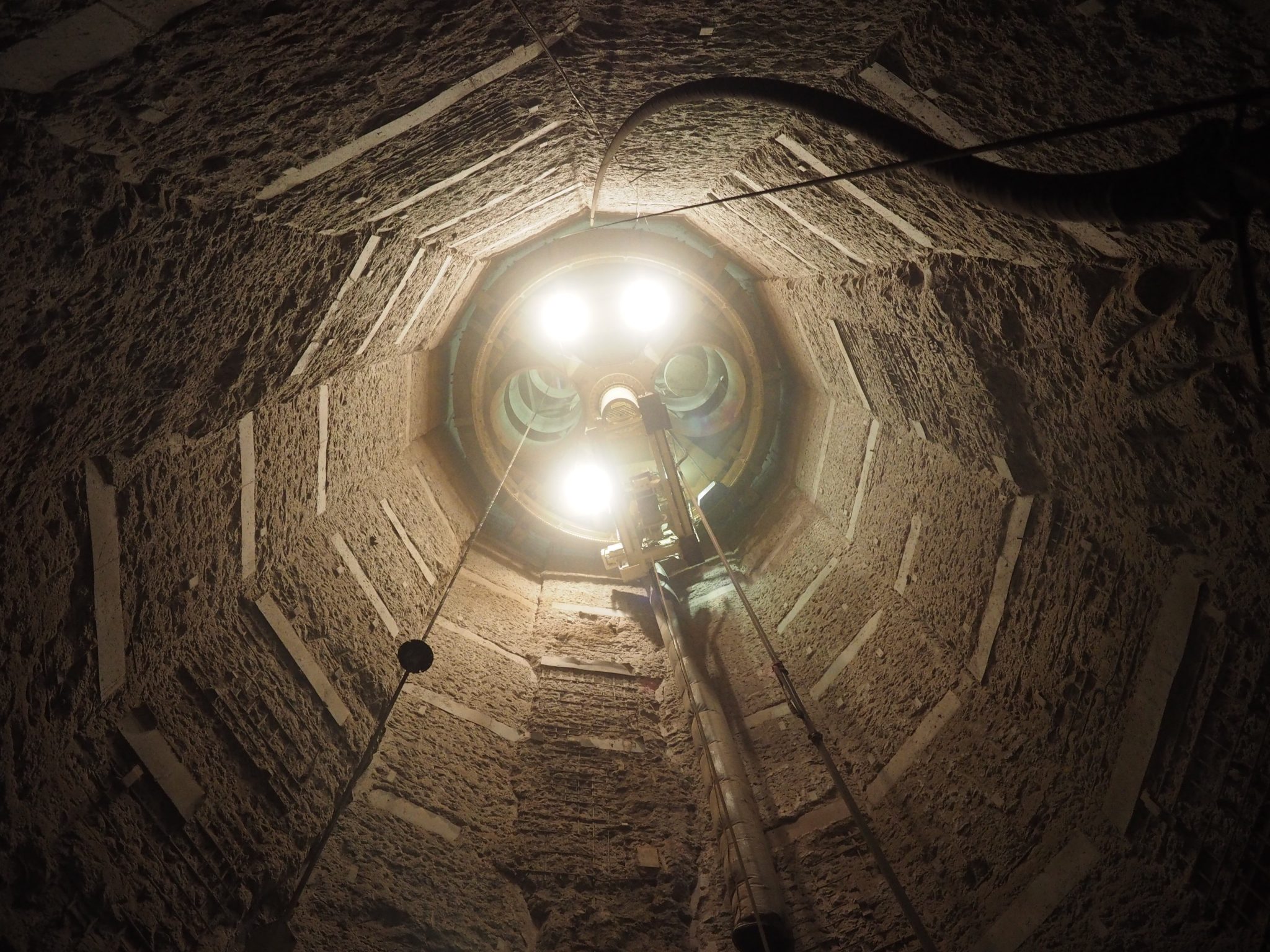REDPATH DEILMANN (formerly Deilmann-Haniel) was commissioned in 2012 with the construction of two freeze shafts for the Uralkali Ust-Jaiwa mine in Russia. The shafts have a diameter of 8 meters and were sunk using the drill and blast method. They are 150 meters apart from each other. Shaft 1 reaches a depth of 465 meters, and shaft 2 a depth of 422 meters. To stabilize the water-bearing overburden, the ground was frozen to a depth of 245 meters.
The Ust-Jaiwa mine is located in the Berezniki-Solikamsk region, around 200 kilometers north of Perm, on the western side of the Ural Mountains. The extreme temperatures, which can reach -47 °C in winter, require a robust construction and special protective measures for the infrastructure and personnel.
The mine produces around 10 million tons of ore per year and makes a significant contribution to Uralkali's overall production. It thus supports the growing demand for potash in agriculture, which is driven by population growth and increasing prosperity.
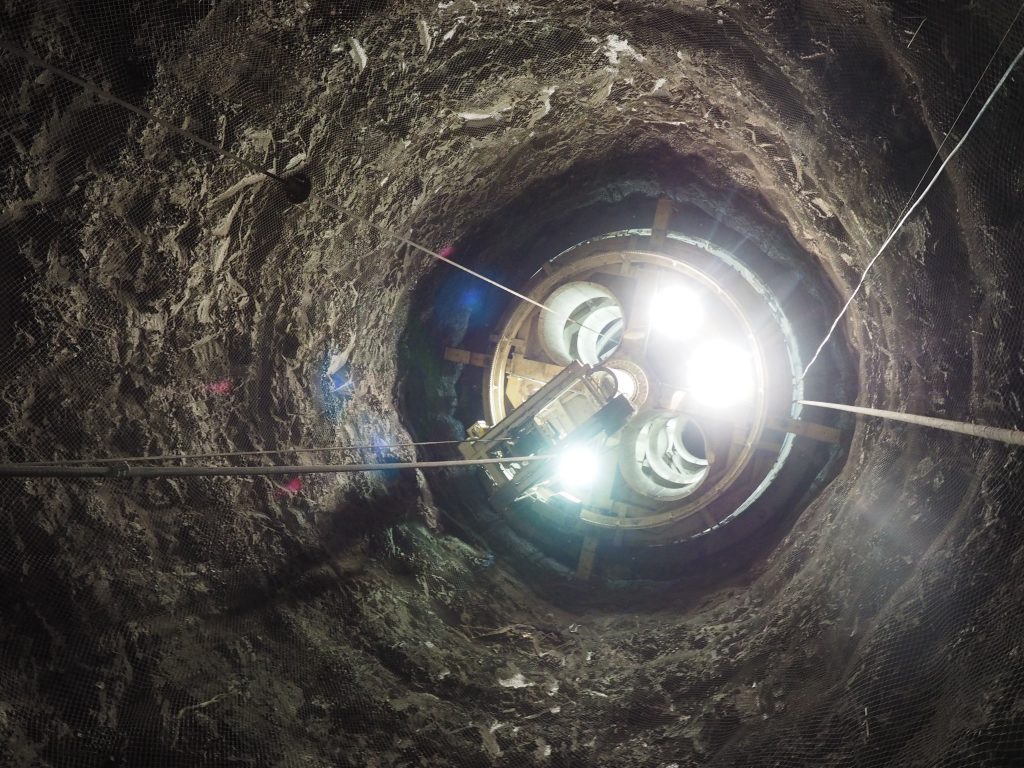
The Ust-Jaiwa project is characterized by its innovative sealing techniques, which enabled fast installation and offer a high level of security against water ingress. Thanks to precise planning and adaptation to extreme climatic conditions, REDPATH DEILMANN set new standards in international shaft construction.
REDPATH DEILMANN began with the planning in 2009. Geotechnical and hydrogeological investigations served as the basis for the detailed project planning. Following close cooperation with Russian authorities and partners, REDPATH DEILMANN was the first foreign shaft construction company in Russia to receive a building permit.
Phase 1: Preparations and installation (2009-2010)
During this period, REDPATH DEILMANN planned all temporary and permanent installations as well as shaft installations. Close coordination took place with Uralkali, Gipronickel and Gallurgia. The necessary technical installations and temporary buildings were erected in preparation for the start of construction.
Phase 2: Installation of the surface facilities (March 2012-August 2014)
Construction of the surface sinking facilities began in March 2012. These include:
The above-ground facilities were designed for extreme climatic conditions and constructed in accordance with Russian standards.
Phase 3: Freeze shafts and sinking (December 2013-May 2017)
Shaft construction was carried out in several steps:
Both shafts were sunk in parallel six months apart. The work on shaft 1 ended in January 2017 and that on shaft 2 in April 2017.
Phase 4: Shaft construction and completion (May 2017-December 2019)
The expansion of both shafts began in May 2017:
All work was carried out at temperatures as low as -47 °C and required maximum precision. The project was successfully completed in December 2019.
